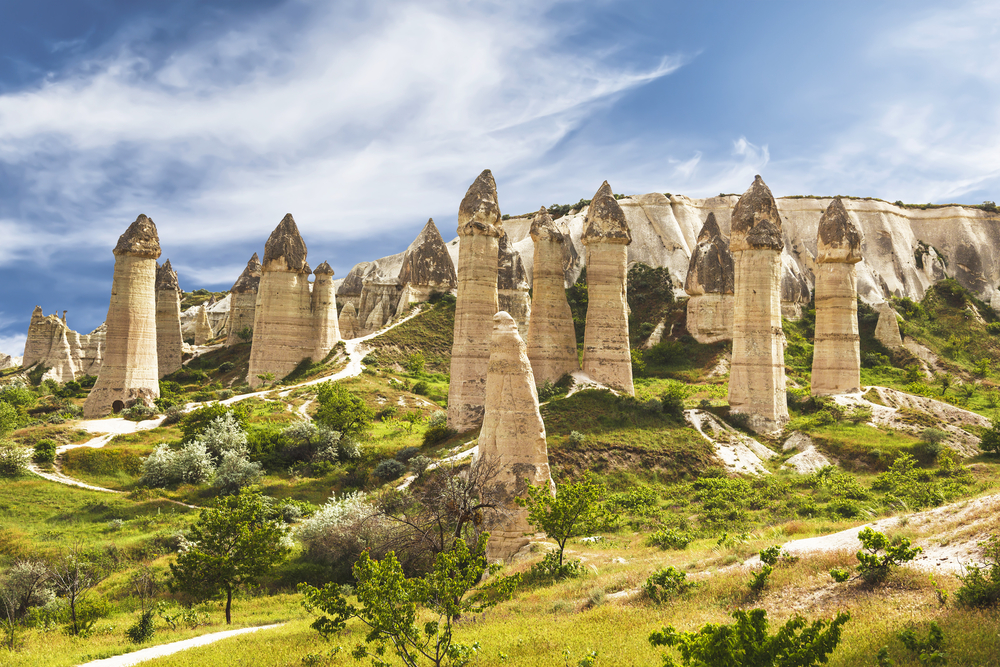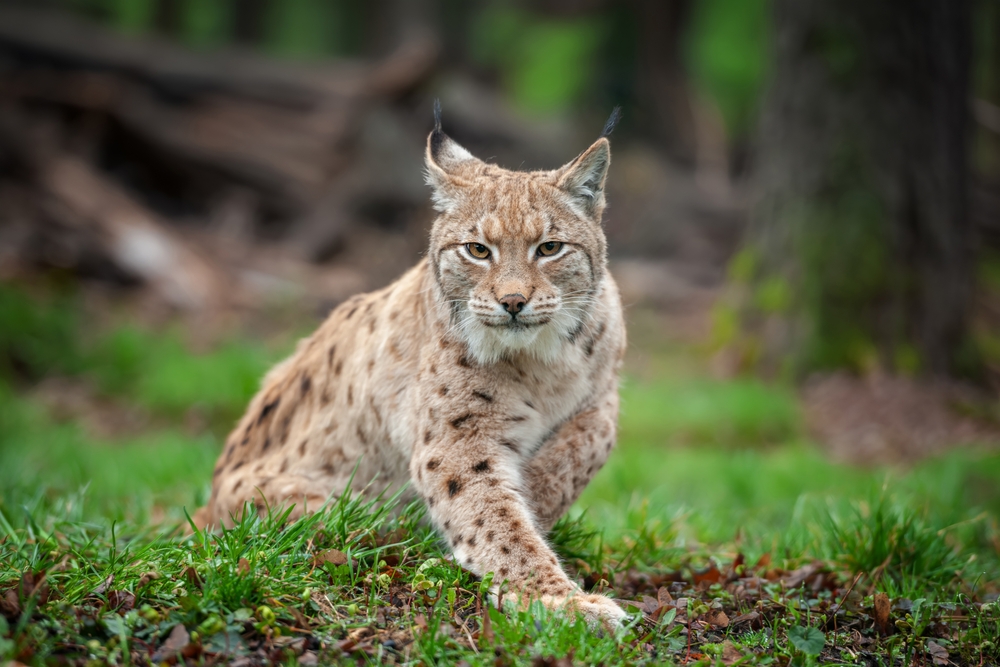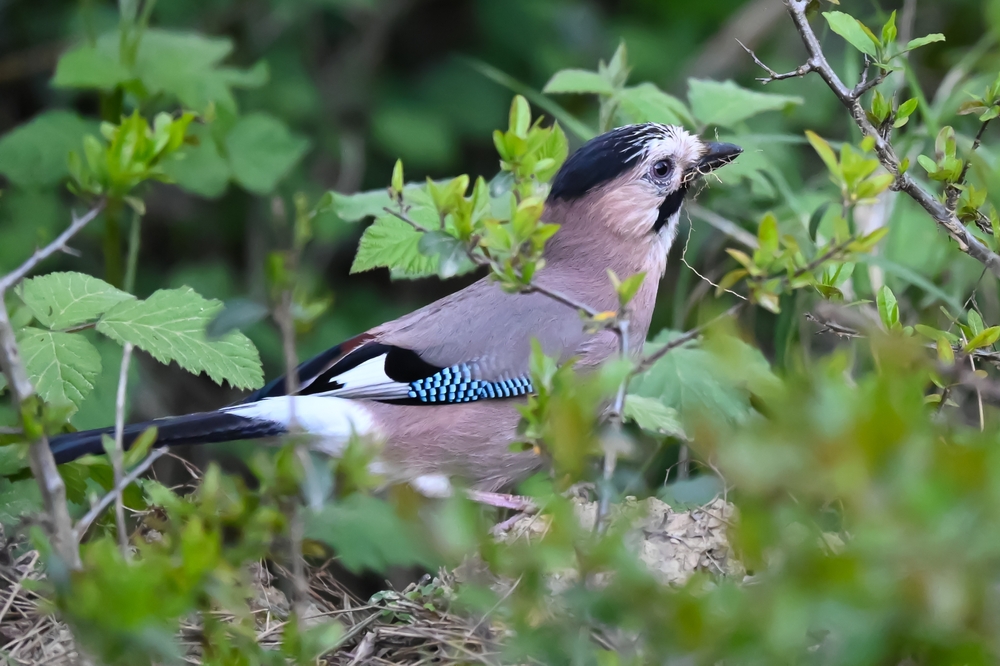Beydağları Coastal Overview
Beydağları Coastal National Park, known in Turkish as Beydağları Sahil Milli Parkı, is located along the southwestern Mediterranean coast of Turkey, in Antalya Province.
The park spans approximately 88 square miles or about 228 square kilometers and stretches from the resort town of Kemer to the ancient city of Phaselis, running along the southern slopes of the Beydağları Mountains, a part of the western Taurus range.
This diverse park is a striking blend of mountainous terrain and turquoise coastline, with elevations that rise steeply from the sea to over 2,300 meters at Mount Tahtalı, also known as Olympos Mountain. This peak, often shrouded in mist, is one of the park’s most iconic landmarks and offers sweeping views of the sea and surrounding wilderness.
The park’s landscape features a dynamic mix of rocky mountain ridges, dense pine forests, coastal cliffs, river valleys, and hidden coves. Vegetation ranges from Mediterranean scrub and maquis near the sea to alpine flora at higher elevations.
Forests of Turkish pine, cedar, and fir dominate the lower and mid-altitudes, while wild olives and carob trees cling to the rocky coastline. Seasonal wildflowers, such as orchids and crocuses, emerge during spring, adding bursts of color to the trails and meadows.
Beydağları Coastal National Park supports a rich variety of wildlife due to its range of habitats. Among the mammals found here are wild goats, red foxes, badgers, and martens. Occasionally, the more elusive caracal or wildcat may be seen deeper in the forested areas.
Birdlife is equally abundant and includes birds of prey like golden eagles and kestrels soaring above the cliffs, as well as hoopoes, woodpeckers, and bee-eaters in the forested zones. The coastline and freshwater sources also attract herons, kingfishers, and various migratory species during seasonal transitions.
One of the most popular and striking features of the park is the eternal flame of Yanartaş, also known as the Chimaera. This natural gas emission ignites spontaneously and has been burning for centuries on the slopes of Mount Olympos.
The area is also rich in ancient ruins, including the archaeological site of Olympos, a former Lycian city nestled in a lush valley near the sea. The site features stone sarcophagi, mosaics, and remnants of temples and baths. The nearby ruins of Phaselis, with its Roman aqueducts and harbor, also attract many visitors.
Visitors engage with the park through a wide range of activities. Hiking is particularly popular, with trails that range from coastal walks to alpine treks, including access to the famed Lycian Way, a long-distance trail that crosses through the park.
Cable car rides to Mount Tahtalı offer an easy route to panoramic summit views. Swimming, snorkeling, and sea kayaking are common along the coastline, and camping is available in designated areas for those wishing to immerse themselves in nature.
Beydağları Coastal National Park faces conservation challenges due to its popularity with tourists. Coastal development and visitor pressure can threaten native plant life and disturb wildlife habitats.
However, the park is under active protection by Turkey’s Ministry of Environment and Forestry, and measures such as regulated access to sensitive areas, sustainable tourism guidelines, and educational outreach have had positive effects in recent years. These efforts continue to support the park’s ecological health while allowing people to experience its natural and cultural splendor.















































































